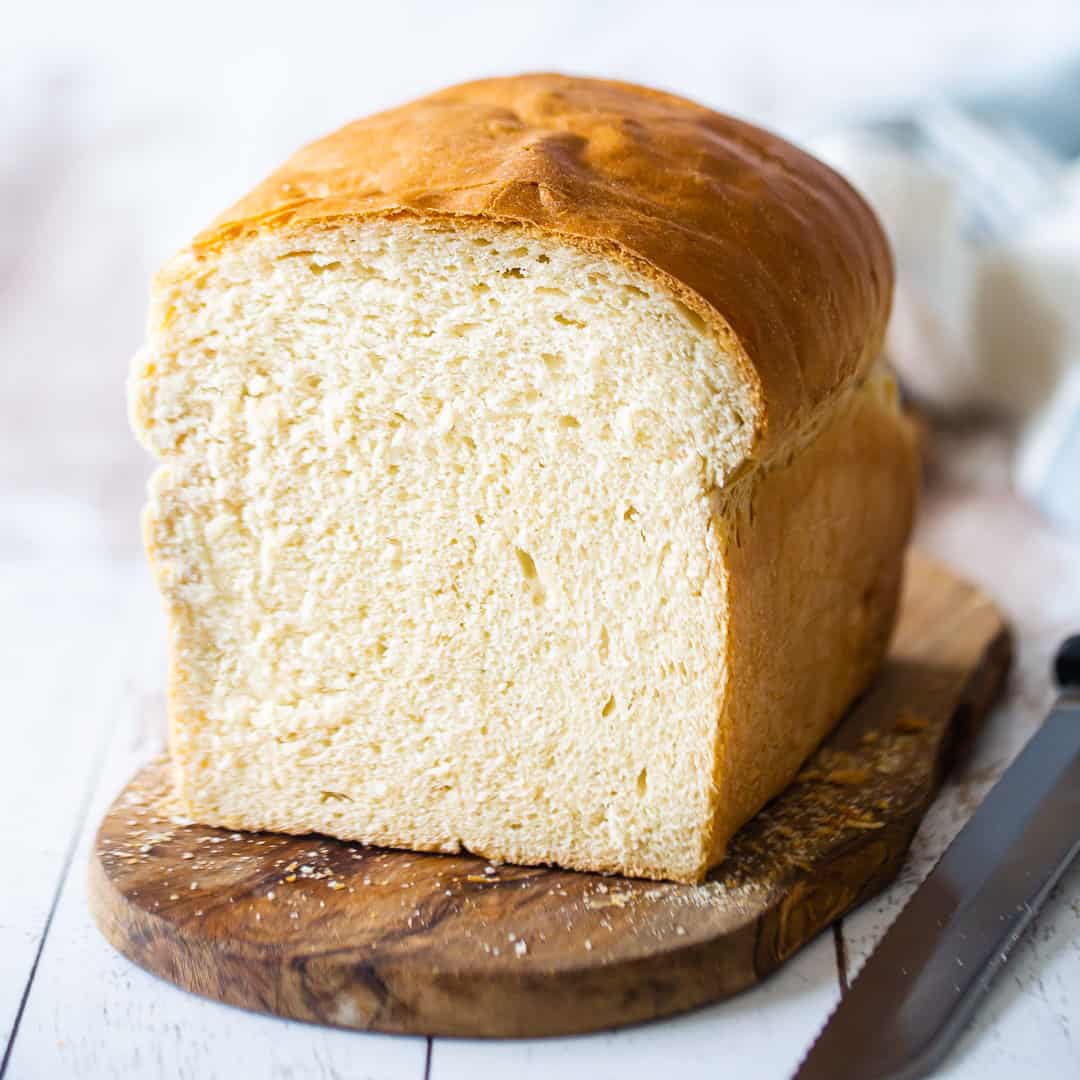image source: https://getrecipecart.com
Welcome to our guide on how to make bread! Whether you’re a seasoned baker or a beginner in the kitchen, learning how to make bread is a skill that will come in handy for any occasion. With just a few simple ingredients and some basic techniques, you can create delicious, homemade bread that will impress your friends and family. In this comprehensive guide, we’ll take you through the step-by-step process of making bread from scratch, including tips and tricks to achieve the perfect loaf every time. So let’s roll up our sleeves and get ready to bake some bread!
Master the Art of Bread Making: A Step-by-Step Guide
Bread making is an ancient art that has been passed down through generations. This culinary skill has evolved over time, with different cultures and regions developing their own unique styles and techniques. Whether you are a beginner or an experienced baker, mastering the art of bread making requires patience, precision, and practice. In this step-by-step guide, we will cover the basics of bread making and provide tips and techniques to help you create delicious homemade bread.
Step 1: Gather Your Ingredients
The key to making great bread is using quality ingredients. The most basic bread recipe requires four main ingredients: flour, water, yeast, and salt. Choosing the right type of flour is essential for achieving the desired texture and flavor of your bread. Bread flour is the most commonly used, as it has a higher protein content which creates a stronger gluten structure, resulting in a chewier and more elastic dough. However, you can also use all-purpose flour or whole wheat flour depending on your preference.
Step 2: Activate the Yeast
Yeast is a living organism that is responsible for the fermentation process in bread making. Before adding it to the dough, it needs to be activated by mixing it with warm water and a small amount of sugar. The ideal temperature for the water is between 105-115 degrees Fahrenheit. This step is crucial as it will ensure that the yeast is alive and will help the dough rise.
Step 3: Mix the Ingredients
In a large mixing bowl, combine the flour, salt, and activated yeast mixture. Slowly add in the remaining water and mix until a dough forms. Knead the dough on a floured surface for about 10 minutes, until it becomes smooth and elastic. This process helps to develop the gluten in the dough, giving it structure and texture.
Step 4: First Rise
Place the dough in a greased bowl and cover it with a clean kitchen towel. Let it rise in a warm, draft-free place for about an hour, or until it doubles in size. This step is essential as it allows the yeast to ferment and produce carbon dioxide, which causes the dough to rise.
Step 5: Shape the Dough
After the first rise, punch down the dough and knead it briefly on a floured surface. Shape the dough into a loaf or individual rolls, depending on your preference. Place the dough in a greased pan or on a baking sheet and cover it with a towel. Let it rise for another 30 minutes.
Step 6: Second Rise
Preheat your oven to 375 degrees Fahrenheit. Once the dough has risen for the second time, gently brush the surface with an egg wash or milk to give it a shiny, golden crust. Using a sharp knife, make a few slashes on top of the dough to allow for expansion during baking. This step will also create a beautiful pattern on the crust.
Step 7: Bake and Enjoy
Bake the bread for about 30 minutes, or until it is golden brown and sounds hollow when tapped on the bottom. Remove it from the oven and let it cool on a wire rack before slicing and serving.
Final Thoughts
Bread making is a skill that takes time and practice to master. Don’t be discouraged if your first few attempts don’t turn out perfectly. Experiment with different flours, ingredients, and techniques to find what works best for you. With patience and determination, you will soon be able to create delicious homemade bread to share withIn conclusion, learning how to make bread can be a rewarding and delicious experience. With the right ingredients and techniques, you can create a homemade loaf that is both healthy and satisfying. By following these steps, you can impress your family and friends with your baking skills while also improving your SEO ranking by providing valuable and relevant content. So don’t be afraid to roll up your sleeves and get baking – your taste buds and search engine results will thank you.
Reference
- Much-loved kids snack you can make in 5 minutes with 3 ingredients, https://www.birminghammail.co.uk/whats-on/food-drink-news/much-loved-kids-snack-you-28867497
- The Bread Trick For Delicious Pinwheel Sandwiches Without Tortillas, https://ca.finance.yahoo.com/news/bread-trick-delicious-pinwheel-sandwiches-174535476.html
- Why Stale Bread Makes For The Best Homemade Croutons, https://uk.finance.yahoo.com/news/why-stale-bread-makes-best-154520971.html
